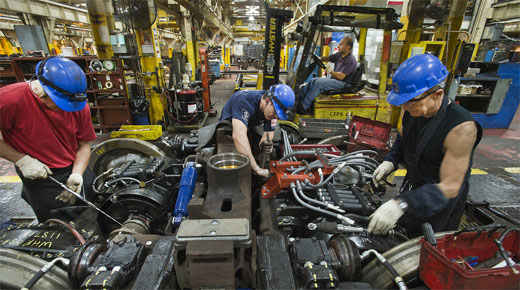The term “Weibull” in some ways has become a synonym for reliability. Weibull analysis = life data (or reliability) analysis. The Weibull distribution has the capability to describe a changing failure rate, which is lacking when using just mean time between failures (MTBF). Yet, is it suitable to use Weibull as a metric?
|
ADVERTISEMENT |
What to use instead of MTBF
Use reliability, the probability of successful operation over a defined duration. This typically includes a defined environment as well. It’s the definition of reliability as we use it in reliability engineering.
Instead of saying, “We want a 50,000-hour MTBF for the new system,” say instead, “We want 98 percent to survive two years of use without failure.” Be specific and include as many couplets of probability and duration as is necessary and useful for your situation. For example, you may want to specify that 99.5 percent should survive the first month of use, and that 95 percent should survive five years of use.
…

Add new comment